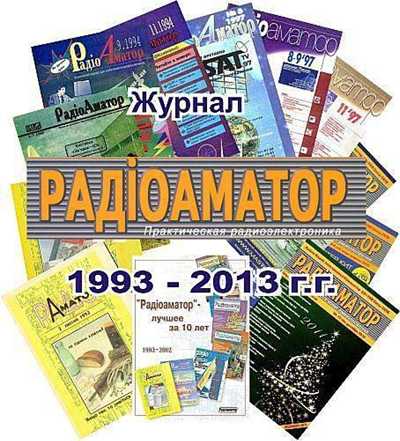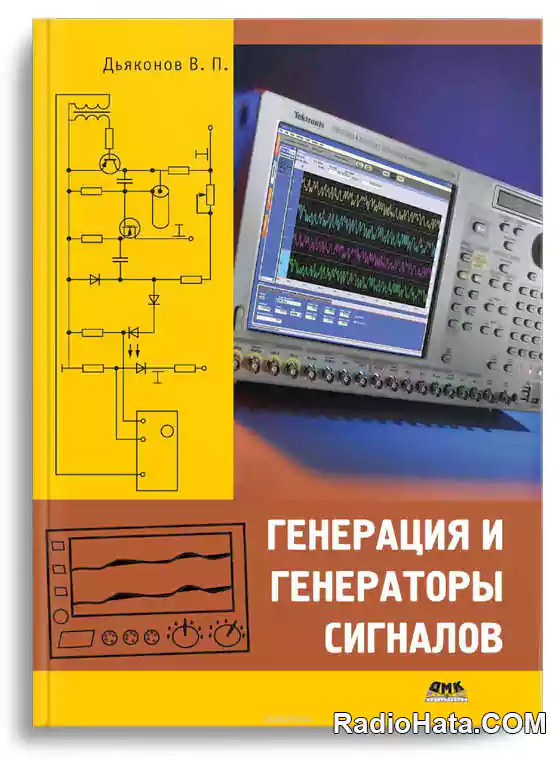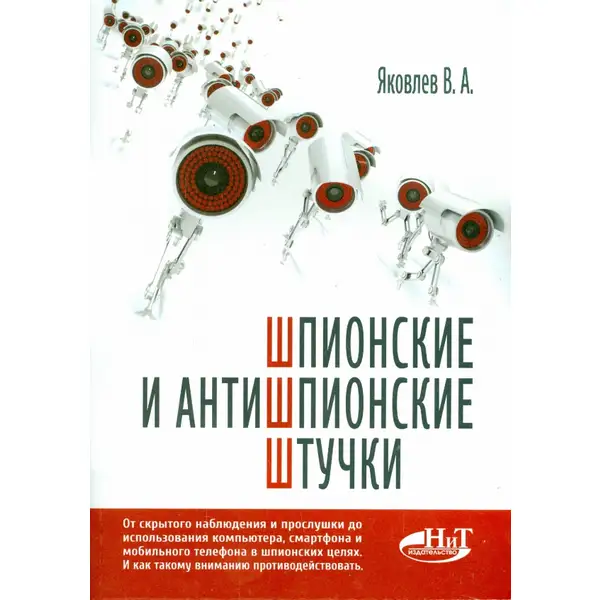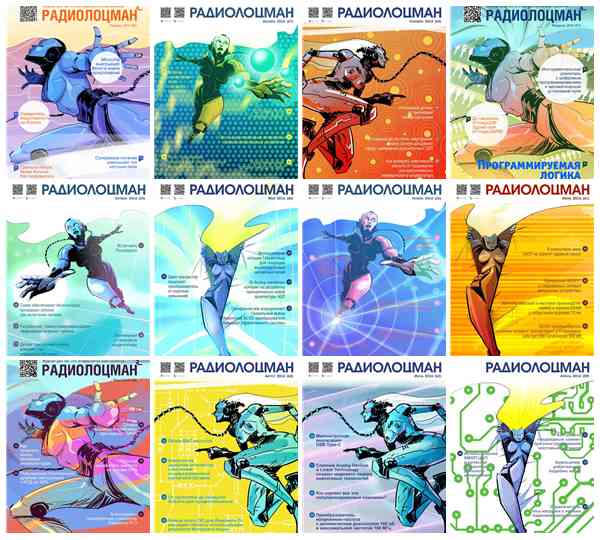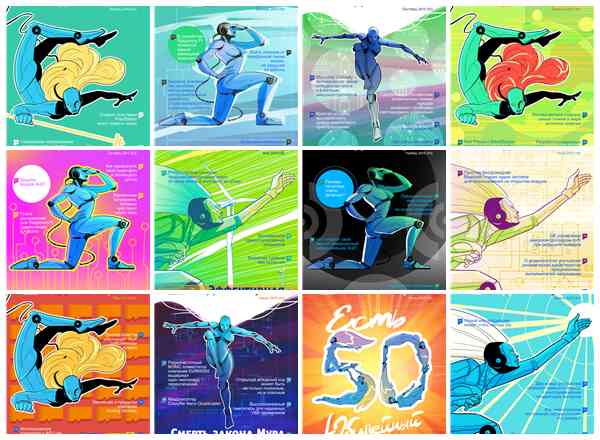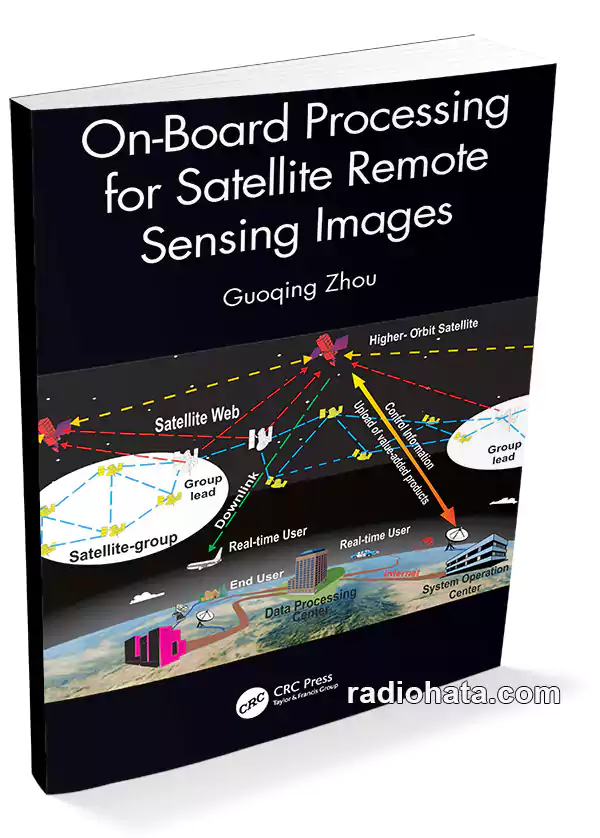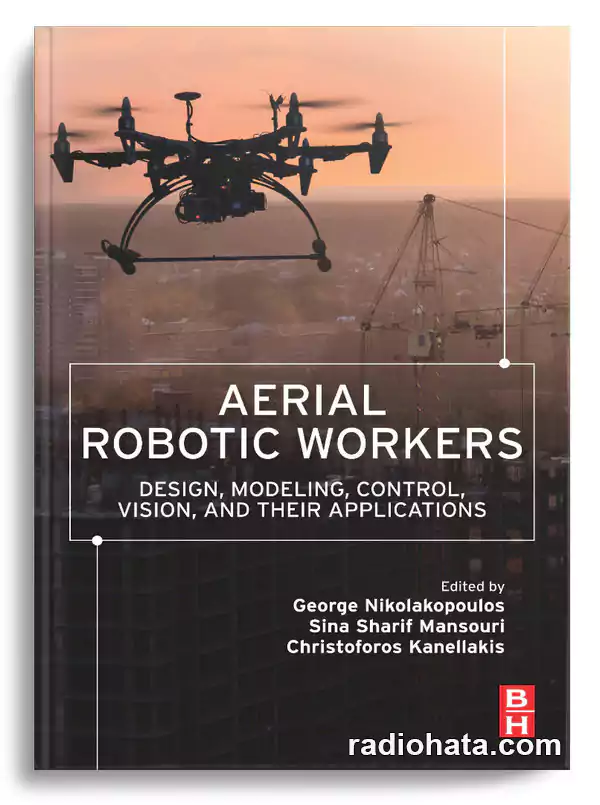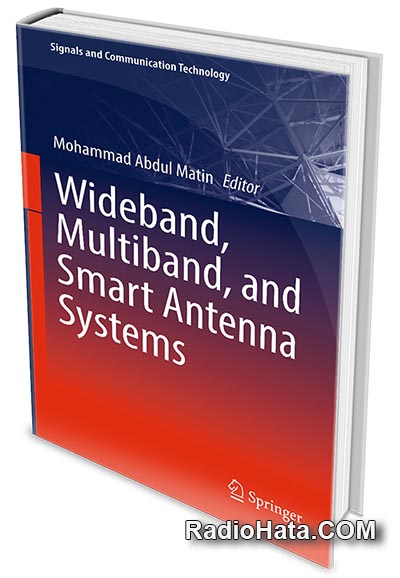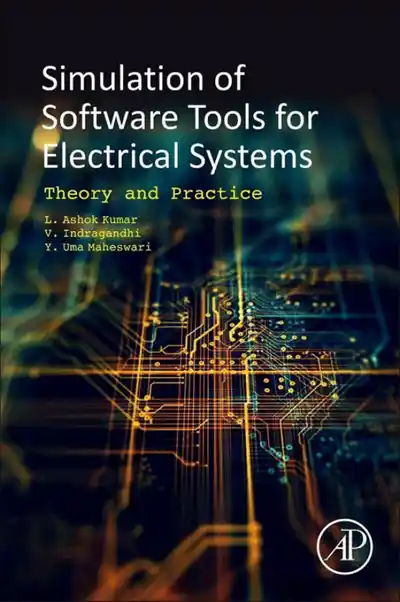Популярное
Airborne Circularly Polarized SAR

Title: Airborne Circularly Polarized SAR: Theory, System Design, Hardware Implementation, and Applications
Author: Josaphat Tetuko Sri Sumantyo, Ming Yam Chua, Cahya Edi Santosa
Publisher: CRC Press
Year: 2023
English language
Format: pdf (true)
Pages: 315
Size: 17.2 Mb
A comprehensive resource on airborne synthetic aperture radar (SAR) systems, Airborne Circulatory Polarized SAR explains the theory, system design, hardware and software, and applications of airborne circularly polarized SAR in environmental monitoring and other uses. Readers learn how to build the hardware and software of circularly polarized SAR, the antenna system, and how to generate point target responses and images using the range doppler algorithm (RDA) from raw signal data. The book discusses applications and analyzing techniques using a circularly polarized SAR system and image processing. Images and MATLAB codes are provided to help professionals and researchers with their applications and future studies.
This book comprises ten chapters.
Chapter 1 presents the history of airborne synthetic aperture radar (SAR) in various countries, including the airborne circularly polarized SAR, which is explained using various objectives, platforms, systems, polarization, and applications. Some of our publications and others are reviewed in this chapter.
Chapter 2 begins by reviewing the basic knowledge of SAR polarimetry by explaining the theory of the generation, propagation, and scattering of the circularly polarized wave and polarimetry related to the system design, scattering analysis, polarimetric target decomposition, and several polarimetric observation modes.
Chapter 3 considers the system design of the airborne circularly polarized SAR related to the determination of parameters on airborne circularly polarized SAR (power, altitude, off- nadir angle, beamwidth, resolution, etc.).
Chapter 4 covers the SAR radiofrequency (RF) system related to the transmitter, receiver, and controller, including circuit explanation and know- how of measurement techniques to adjust to the required parameter in system design.
Chapter 5 focuses on the baseband and control unit (BCU) that discusses the know- how to build the chirp generator, modulator and demodulator, solid- state power amplifier (SSPA), low- noise amplifier, ADC/ DAC, and control unit to generate local oscillator frequency and timing controllers. The installation of the circularly polarized SAR system in the CN235MPA aircraft to fulfill the requirement of system design, improvement of signal- to- noise ratio (SNR), collecting of full polarimetric raw data, GPS, and inertial measurement unit (IMU) is also discussed.
Chapter 6 introduces the design and manufacturing of the circularly polarized antenna including the target, objective, specification, and characteristics to satisfy the requirements of system design. This chapter explains the curved- truncation and circle- slotted parasitic technique to realize broadband, low- axial ratio, and a narrow beamwidth of the circularly polarized microstrip array antenna for airborne circularly polarized SAR.
Chapter 7 explains the ground test, airborne installation, and flight mission that introduces the technique of ground test to calibrate and validate the performance of a fully polarimetric airborne circularly polarized SAR system, antenna, radome, and image signal processing using several types of corner reflectors (CR) and distance between the SAR system to the CR.
Chapter 8 covers SAR image formation or signal processing by explaining the code of circularly polarized synthetic aperture radar with a Range-Doppler algorithm (RDA) to process the signal (raw data) to obtain single- look complex (SLC) images for further application. This chapter introduces several acquired images from in-flight missions in South Celebes, Indonesia, in March 2021 and the MATLAB codes, where the reader could learn the code for further study of this system.
Chapter 9 introduces the applications with several examples of indoor polarimetric SAR experiments and airborne circularly polarized SAR analysis using axial ratio images, ellipticity, polarization ratio, and polarimetric SAR (PolSAR) techniques. This chapter also explains the experimental result of the scattering of circularly polarized waves on N219 aircraft models and a rice paddy to compare to conventional linear polarized SAR images.
Chapter 10 concludes the book with a summary of the book related to the history, theory, system, applications, trend issues, future research, and applications.
This book is beneficial to professionals, researchers, academics, and graduate students from disciplines such as Electronic Engineering; Radar Systems; Aerospace Engineering; Signal Processing; Image Processing; Environmental Remote Sensing.
Download Airborne Circularly Polarized SAR: Theory, System Design, Hardware Implementation, and Applications
~ Turbobit
Похожие новости
Информация
Посетители, находящиеся в группе Гости, не могут оставлять комментарии к данной публикации.
-
Зарубежные журналы
-
Радиотехнические журналы
-
Книги





